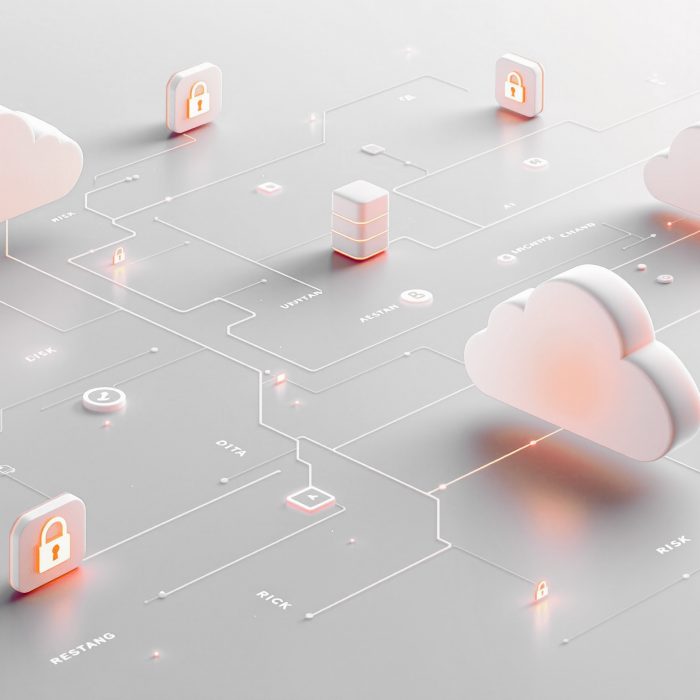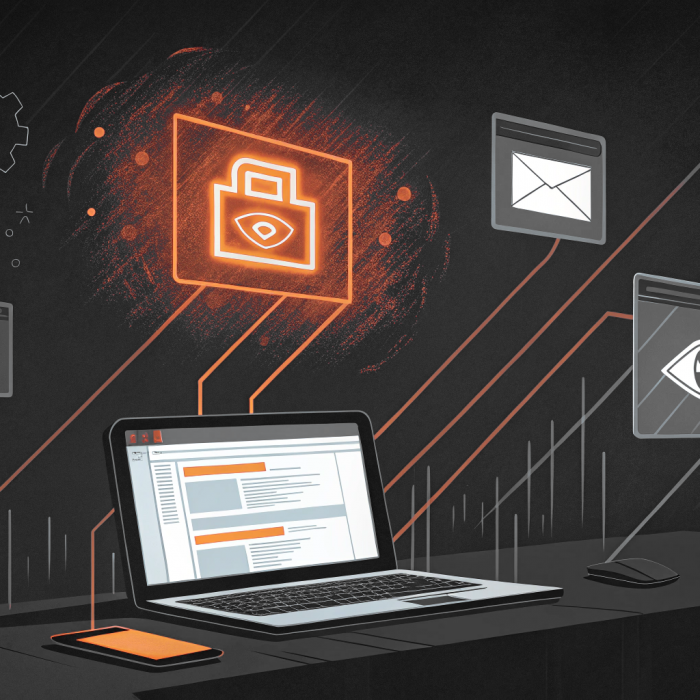Ingram Micro, one of the world’s largest technology distributors, suffered a ransomware attack over the July 4 weekend that forced critical systems offline and disrupted global supply chains. The incident demonstrates how quickly a single security breach can cascade across interconnected business networks.
The Attack Timeline
The outage began July 3rd when employees discovered ransom notes on their devices. For several days, Ingram Micro only acknowledged “ongoing IT issues” without confirming the cyberattack. The company finally confirmed the ransomware incident on July 6th.
The SafePay ransomware group claimed responsibility for the attack. In their ransom note, the attackers claimed they exploited network misconfigurations, though Ingram Micro has not confirmed specific attack vectors.
The attack forced shutdowns of Ingram’s Xvantage and Impulse platforms, halting order processing and license fulfillment for Microsoft 365, Dropbox, and other services. Analysts estimate daily losses exceeded $136 million during the peak outage period.
SafePay’s Rise
SafePay emerged in late 2024 but quickly became a major threat, rising to become one of the most active ransomware groups by May 2025.
Unlike many ransomware groups that operate using a ransomware-as-a-service model with affiliate networks, SafePay maintains direct control over its operations and doesn’t offer its tools to third parties.
The group’s technical sophistication sets it apart from typical ransomware operations. SafePay uses Living Off the Land Binaries (LOLBins) to disable security measures like Windows Defender, leveraging legitimate system tools such as SystemSettingsAdminFlows.exe to avoid detection. This technique allows the attackers to blend malicious activities with normal system operations.
The attackers use WinRAR for data archiving and FileZilla for potential exfiltration via FTP, often installing and uninstalling these tools multiple times to avoid detection.
Security researchers have identified connections between SafePay’s code and late 2022 versions of LockBit, suggesting the group may have access to leaked ransomware source code. However, SafePay has incorporated elements from other operations including ALPHV and INC Ransomware, demonstrating technical adaptability.
SafePay employs double extortion tactics, encrypting victim data while threatening to publish stolen information. Research shows the group has stolen an average of 111 GB of data from each victim, with geographic targeting focused particularly on the United States and Germany.

Supply Chain Disruption
The attack’s impact extended far beyond Ingram Micro’s internal operations. The company serves as a critical distributor for major technology vendors including Apple and Microsoft, reaching nearly 90% of the global population through its partner network.
Customers reported being unable to process orders, track shipments, or access licensing systems. Some clients began shifting procurement to competitors while others faced project delays due to order backlogs.
The holiday timing appears deliberate. Cybersecurity experts note that attackers often target holiday periods when response capabilities are reduced and IT staff availability is limited.
Remote Access Vulnerabilities
While the specific attack vector for the Ingram Micro breach hasn’t been publicly confirmed, SafePay has historically targeted organizations through exposed Remote Desktop Protocol endpoints and compromised VPN credentials in previous attacks.
Traditional remote access solutions can create security risks when not properly configured or monitored. Many organizations expanded remote access capabilities rapidly without implementing appropriate security controls, creating potential attack surfaces.
Security Implications
While the specific attack details remain under investigation, the incident highlights broader security challenges organizations face:
- Supply Chain Dependencies – The disruption demonstrates how security incidents at key suppliers can quickly impact multiple downstream organizations.
- Holiday Timing – The July 4 weekend timing reduced response capabilities when IT staff were away, a common tactic used by ransomware groups.
- Communication During Incidents – Ingram Micro’s initial silence about the nature of the incident frustrated customers and partners who needed information to manage their own operations.
- Business Continuity Planning – Organizations should maintain contingency plans for when critical suppliers experience security incidents.
Recovery Progress
Ingram Micro reports significant progress in restoring transactional systems, particularly for subscription orders. The company has resumed processing orders by phone and email from multiple countries, though hardware order limitations persist.
However, reputational damage may prove longer-lasting than operational disruption. Enterprise customers have expressed frustration over communication gaps during the incident response.
Looking Forward
The Ingram Micro attack occurs within a broader context of increasing ransomware activity. As law enforcement actions have disrupted established groups like LockBit, new operators like SafePay have emerged to fill the void.
The shift demonstrates the adaptability of the ransomware ecosystem and the ongoing need for robust security measures. The incident reinforces that cybersecurity has evolved beyond traditional IT concerns to become a fundamental business continuity issue. Organizations must account for supply chain cyber risks in their strategic planning and move toward Zero Trust security architectures that can withstand sophisticated attacks.
As the technology supply chain recovers from this disruption, the lessons learned will likely influence security practices across the industry. The era of perimeter-based security is ending, replaced by models that assume compromise and focus on containing damage rather than simply preventing breaches.







